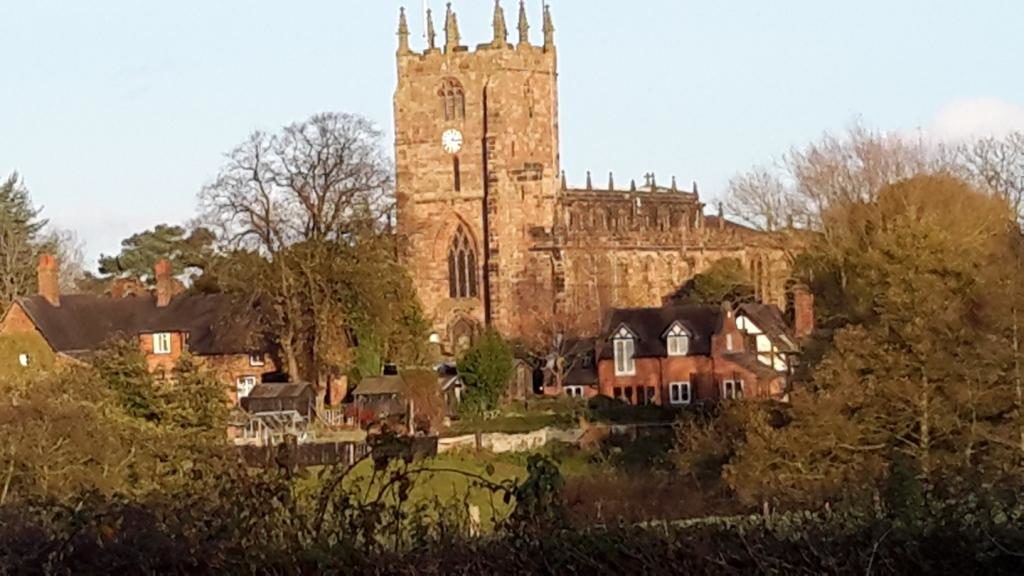
Sometimes people who ask me about my work are a little sniffy about the fact that I am a female historian writing about Second World War home front focusing on women and the Woman’s Institute at that. They mock at their peril. Woe betide them if they ever come face to face with an angry WI group. Ask Tony Blair. He didn’t like it much when they roasted him in 2000. Politely. But a roasting nevertheless. The WI is a magnificent organisation with immense power and patience. I have endless respect for them today as I do for their mothers and grandmothers who were part of the WI seventy years ago.
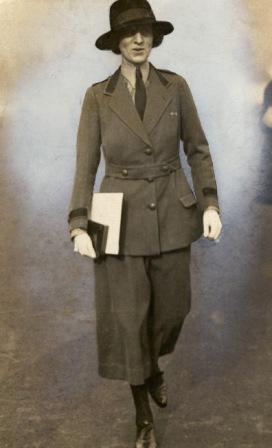
The wartime Women’s Institute was dominated by three powerful women at the top of the organisation who had energy, vision and passion. They took on the establishment to prove to the government what a valuable resource women, and the WI in particular, could be. The first was the national chairman, Lady Denman, who had been in post since 1917 and knew a thing or two about getting things done. Her deputy, Grace Hadow, was a brilliant academic and suffragist. The third was a Cambridge educated economist called Francis Farrer.
Grace Hadow was educated at Oxford and known as one of the best public speakers of her age; she was the brains behind the national executive. By the outbreak of war she was sixty-four and as active as ever, having spent the previous summer climbing in the Alps. It was Miss Hadow who had to designate the restrictions for the WI’s wartime work so as not to breach their Pacifist stand.
She wrote: ‘No one would wish to restrain people from volunteering for National Service, but National Service may lie in simple things, and to help to keep up morale and to prevent life in an emergency from becoming wholly disorganized is in itself work of no mean value.’

The only stipulation she made was that WI funds could not be used towards the war effort. This meant that every penny spent on wool for knitting for the troops or jam jars and sugar for making jam had to be raised and accounted for separately. As the WI was and remains very good at fundraising this was no obstacle to their work but it was an extra burden for them at a busy time when many were stretched more than they had ever been. Men were away, the villages were full of evacuees and their help was needed on all fronts. Sadly Miss Hadow died in January 1940 of pneumonia and the WI was robbed of a great talent.
Frances Farrer was the general secretary of the National Federation of Women’s Institutes, from 1929 to 1959. She was created a Dame (DBE) in 1953 in recognition of the immense contribution she made towards the war effort by acting as a conduit between the government and the membership. She was, as far as I am concerned, the chief Jambuster, in that she bust bureaucratic log jams and hassled ministers to get things done. An early hit on the Ministry of Food three days after war broke out produced 350 tons of sugar which went towards the first ad hoc jam preservation of autumn 1939. This proved to the Minister, Lord Woolton, in 1940 that he had an army of willing volunteers with access to surplus fruit who would help him to stock the nation’s larder.
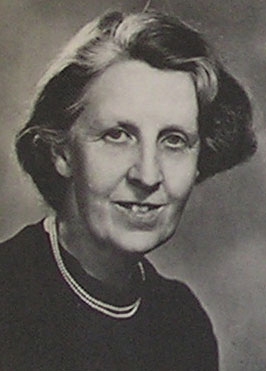
Miss Farrer took up cudgels on behalf of evacuees; she wrote to the Ministry of Health with members’ suggestions which fed into the Beveridge Report and she made sure that there were WI members represented on most post-war reconstruction boards. When the Board of Trade wanted to discuss clothes rationing they brought in two women they needed to get on side: Miss Farrer representing the WI and Lady Reading for the Women’s Voluntary Service. Miss Farrer would phone ministers before breakfast in order to get their attention.
The only battle she never won was with a Mr Squance in the Department of Mines. He was responsible for petrol rationing. They locked horns in 1940 and she eventually wrote her last letter to him in April 1946. The WI was not entitled to bulk petrol rations, like the WVS and the Women’s Land Army, as it was not a war organisation, on account of its pacifist stance. Thus the WI was treated as a civilian social organisation, something that enraged Miss Farrer. She needed extra petrol for members to deliver their produce to country markets or to collect and deliver fruit to preservation centres. This was never forthcoming and members had to resort to catching lifts or using unusual sorts of transport.

For me the most impressive member of the wartime WI hierarchy was Lady Denman. Even though she had technically stood down so she could run the Land Army, she was still the figurehead and highly recognisable in government circles. Extraordinarily practical – she was an expert on poultry keeping – she was an inspiring leader for the WI. She was described as ‘attractive, very intelligent, [she] had a fine stride in walking, was good at sport and expert in tree felling, a capable business woman, a good housekeeper, shy, devoid of sentimentality, and full of sympathy for those in trouble. She believed in success and demanded a high standard of work in everything and never spared herself.’
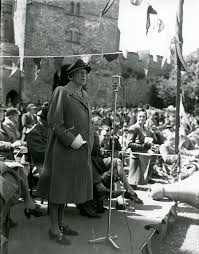
Lady Denman believed in democracy and said: ‘It is better for a meeting to make the wrong decision it wishes to make than the right decision which its chairman wishes to make.’ One MP who saw her in action on House of Commons wrote that she was worth ten men on any select committee. An example of her belief in the power of the WI to be a force for change was when she was leading the 1938 WI resolution which campaigned to get free school milk for children. (remember 1/3 pint milk bottles, with frozen cream in the winter and often a little off in the summer?). She told delegates and members at the Annual General Meeting about her experience:
‘I do know that very many WIs did write to their MPs, for I was one of your representatives who met the Nutrition Group of Members of Parliament in the House of Commons. On that occasion more members came than we expected. One MP suggested that he would have been saved a lot of work if he had received one letter from the County Federation rather than fifty from individual WIs. I suggested in reply that it was always possible for one letter to be overlooked, whereas fifty were bound to receive attention. Judging by the way this remark was greeted by a chorus of ‘Hear Hear’ and laughter, most of the Members of Parliament entirely agreed that there is strength in a united attack.’
Lady Denman knew all about united attacks and she continued to make use of any means she could to communicate the WI’s message throughout the war. She used the media to her advantage and played it brilliantly: a visit to a WI in Kent with Mrs Churchill, Mrs Roosevelt and Lady Reading; a broadcast in 1942 which reached millions urging the government to make use of members in post-war reconstruction and an invitation to the Queen to speak to the only AGM that took place during the Second World War. By the end of the war no one could overlook the WI’s contribution towards the war effort, despite the fact they maintained their pacifist position throughout.
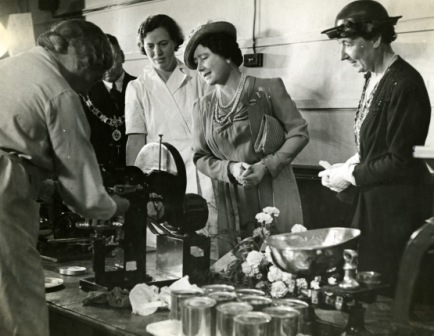
The WI has been and continues to be an organisation that believes in positive, constructive campaigning. Letters, petitions … even flower-bombing war memorials after the Women’s War Memorial in Whitehall was defaced in May 2015. I am always impressed by how much they achieve by the simple power of persuasion on a vast scale. They are inspiring women indeed. And these three wartime leaders in particular.

